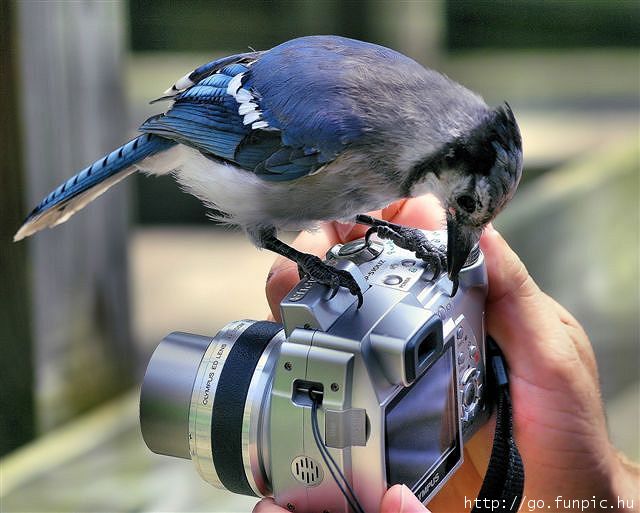-
Recycled or Wooden Bat Houses?
The (not so new anymore) wave of recycled plastics is still a wonderful thing as for as birding accessories. Durable, tough, handsome, and most come with guarantees against splitting, cracking or fading. Bat houses are now available in recycled plastics, and like all other products, guarantee a longer life…in fact…a lifetime of use.
One of the advantages to this recycled bat house is the rich, dark color. Not only for aesthetic purposes, it retains heat from the sun to keep the chambers warmer on cold nights. It’s large enough to hold hundreds of the beneficial little brown bats, whole colonies if you will. Excellent for natural pest control, bats will consume whole populations of mosquitoes in one night.
Wooden bat houses are still mainstream, and are available for smaller groupings and large colonies too. Bat House Kits are even available if you’re so inclined to build your own. Most wood bat houses are constructed of red cedar, also durable and very long lasting. If purchasing a bat house, your decision may be based on looks, size, and or price. A wide variety of bat houses are available, the key is proper placement. Approximately 15-20 feet from the ground is best, usually facing a southern or southeast exposure. They may be post or pole mounted with additional hardware, or simply attached to a tree. Some say they can be erected on structures as well, we would not recommend this.
Help brown bats to thrive flourish in your yard by offering proper shelter and you’ll be rewarded with natural insect control for the season!
-
Bird Cams Site Worth Checking Out
Bird food, houses and birdbaths, we set them up in hopes of attracting feathered friends to our yards. We start watching and begin to notice much more about birds. Hoping to catch a glimpse of a new species every now and then, we simply “bird watch” and are taken away to another realm.
With the introduction of bird cams, we can catch so much more about bird’s nesting behavior and raising their young. It’s almost like a secret window into another world. The quality is superb, and allthough the price of bird cams has come down substantially, it’s still a pretty hefty investment for some.
Thanks to the Cornell Lab of Ornithology, there’s a terrific site for viewing multitudes of bird cams in one place. The Nest Cams Project site offers viewers a drop-down menu of specific birds and their nesting process. They do ask for a donation to keep this site up and running, but for most choices on the menu you can scroll down to see some great video highlights. Definitely worth checking out!
From the Cornell Site: “Your gift keeps NestCams rolling on the fascinating behavior of breeding birds. Millions of web visitors have witnessed live video of birds courting, mating, laying eggs, and raising young. Thank you for supporting this project!”
-
Want more birds at your nyjer feeder?
There are no set rules in wild bird feeding, we offer birds different varieties of food that entice them and keep them coming back. Of course habitat plays a huge role, with places for shelter and nesting like mature trees, thickets and shrubs. The all important water source is also a big factor for attracting feathered friends.
Just because finches eat thistle, or nyjer seed, doesn’t mean they wont’ frequent other feeders offering different seed mixes. For the last few days, I’ve been seeing Black Capped Chickadees at the nyjer feeder. Now maybe it’s just the time of year, but I’ve never seen them at this feeder before. Also, the juvenile Eastern Bluebirds, who will eat suet during our cold winter months, have already started feeding at the suet feeder too.
A favorite treat for several birds is to mix thistle seed with finely chopped sunflower hearts. Placing this seed mix in the nyjer feeder attracts Juncos, Pine Siskins, Towhees and House and Purple Finches, as well as the Goldfinch.
In early spring, try offering nesting materials and encourage birds to take up residence by nesting in your yard. Collect dryer lint, pet hair, cotton yarns and fibers, and decorative mosses to create a nest ball with variety of materials that birds prefer. You can place them in a standard suet cage, or mesh produce bag from the grocery store. Of course commercial materials are available, and even some cool holders to accommodate them.
Just because the bright yellow feathers disappear in fall, it doesn’t mean these birds are gone. Remember to keep nyjer feeders out year round with fresh seed, as goldfinches and others will stick around during during winter months.



